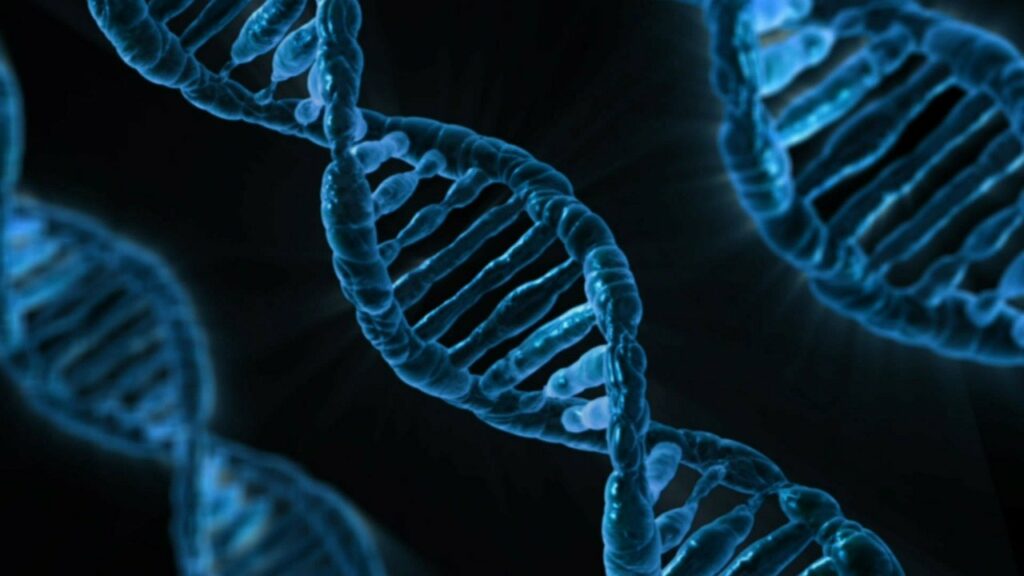Guanine (G) is one among the five nitrogenous chemical bases in the nucleic acid which has two ringed structures and is composed of Carbon and nitrogen as a base molecule.
Is Guanine A Purine, Yes. Guanine is a purine molecule. Purine is a class of organic molecules which are aromatic heterocyclic compounds that are found in many sources. The nitrogenous bases- Guanine falls under the category of a class of chemical compound called purine.
This article completely focuses on Is Guanine A Purine :Why And Detailed facts and all the questions will be answered.
Why is guanine a purine?
As we just discussed, purine is a class of chemical compounds that are two ringed.
Guanine being a nitrogenous base in nucleic acid shows structural similarity towards the organic chemical group of class, purine.
Apart from guanine, Adenine is also one among the five nitrogenous bases which is a purine.
Read more on Do Prokaryotes Have Telomeres: Why, How And Detailed Insights

Image credits- Pixabay
What are the purine-similar compounds?
- Adenine
- Guanine
- Hypoxanthine
- Xanthine
- Theophylline
- Theobromine
- Caffeine
- Uric Acid
- Iso-guanine and many more..
These chemical compounds show similarity in their structure towards the purine and this is why they fall under the category of purines.
Explanation on structure of guanine in comparison to purine.
Structural characteristic of purine:
- Purines are aromatic heterocyclic compounds.
- The base chemical formula of purines is C5H4N4.
- It is a two-ring structure composed of a pyrimidine ring and an imidazole ring combined with it.
- The pyrimidine ring in purine has 2 atoms of nitrogen in the 3, 1 region of the ring.
- The Imidazole ring in purine also has 2 atoms of nitrogen in the seventh and ninth region of the ring.
Structural characteristics of Guanine:
- The chemical formula of Guanine is C5H5N5O.
- It is a two-ring structure composed of a pyrimidine ring and an imidazole ring combined with it.
- Due to the presence of this structural similarity, guanine is a purine.
- Guanine bonds with the cytosine which is a pyrimidine.
- The bond between them is a weak hydrogen bond.
- Guanine is attached to a sugar molecule in the nucleic acid structure and also adhered to a phosphate group.

Image credits- Wikimedia
Read More on Do Prokaryotes Have Exons: Why, How And Detailed Insights
Where are guanines found?
Guanine being one among the five nitrogenous bases, are found in every organism.
The organisms that have nucleic acids wil; have all the five nitrogenous bases including guanine in it. It can be of any food source ( fruits and vegetables), living organisms and even dead matter.
What are the alternative names or synonyms of Guanine?
- 2-Amino-1,9-dihydro-6H-purin-6-one
- 2-Amino-6-hydroxy-1H-purine
- 2-Amino-6-hydroxypurine
- 2- Amino Hypoxanthine
- 9H-Guanine
- 2-Amino-hypoxanthine
- Acyclovir Impurity B
- Acyclovir EP RRT – 0.4 and many more.
Read More on Biosynthesis of Purines and Pyrimidines | An important part of cellular metabolism
What is the role of Guanine in Nucleic acid?
- Guanine pairs up with a pyrimidine called cytosine. (G is complementary to C) in both DNA and RNA of nucleic acids.
- Guanine and cytosine are bound with 3 hydrogen bonds making it more stable than Adenine – Thymine- Uracil as they form only 2 hydrogen bonds.

Image credits- Wikimedia
- Guanine and cytosine are attached to pentose sugar molecules and a phosphate group in the nucleic acid.
- The pentose sugar molecule in case of RNA is ribose sugar in DNA the sugar molecule is Deoxyribose m]sugar molecule.
- The presence of the phosphate group as the backbone make it highly negatively charged molecule.
….A G C T T C G A T C G A A C G T A G C T A T G C G A T C T A G C ….
….T C G A A G C T A G C T T G C A T C G A T A C G C T A G A T C G….
The above sequence is a sequence of DNA strands.

Hello, I am Sugaprabha Prasath, a Postgraduate in the field of Microbiology. I am an active member of the Indian association of applied microbiology (IAAM). I have research experience in preclinical (Zebrafish), bacterial enzymology, and nanotechnology. I have published 2 research articles in an International journal and a few more are yet to be published, 2 sequences were submitted to NCBI-GENBANK. I am good at clearly explaining the concepts in biology at both basic and advanced levels. My area of specialization is biotechnology, microbiology, enzymology, molecular biology, and pharmacovigilance. Apart from academics, I love gardening and being with plants and animals.
My LinkedIn profile-